From Canva to Adobe: Which Tools Do Employers Prefer in 2025?
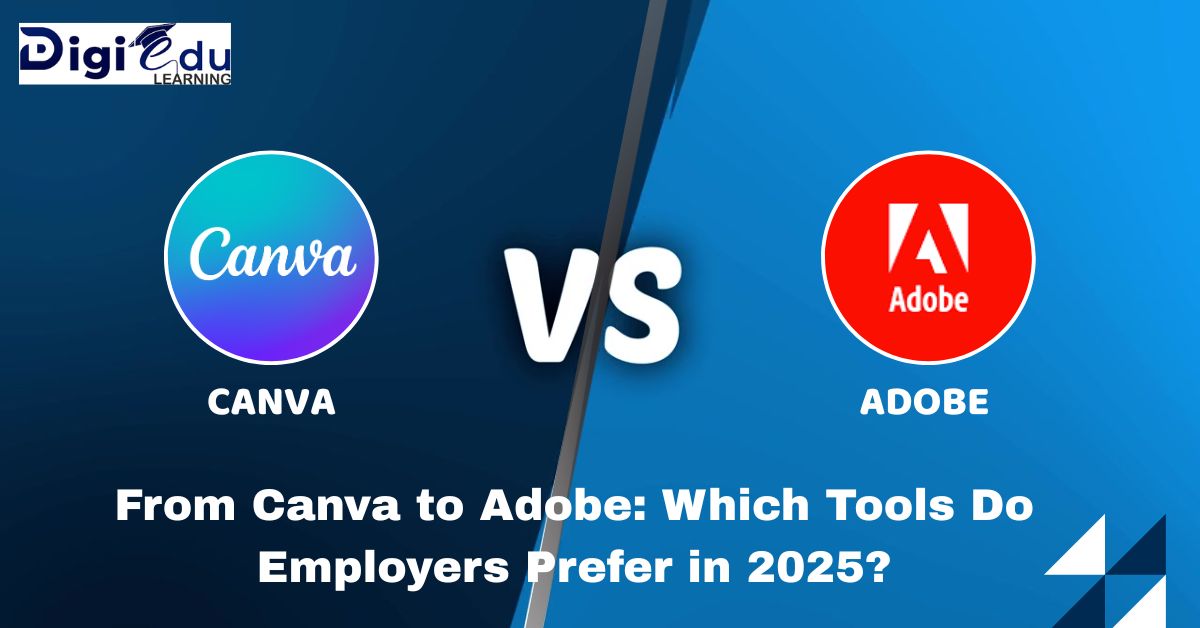
The world of design tools has developed rapidly over the past decade, and competition between platforms such as Canva and Adobe has intensified. As technology advances and creative expectations increase, employers are becoming increasingly selective about the equipment of their design teams. In 2025, this preference is not only about the loyalty of the brand – it is about efficiency, scalability, cooperation, and creative edge that these tools bring to the workplace. Understanding which platform employers attach the most importance to, and why, can help interested designers and creative professionals align their skills with market demand.
The Evolving Landscape of Design Tools
In the early 2010s, Adobe dominated the professional design industry, with equipment from branding to high-end digital arts from the professional design industry, which had a Gold standard for everything. Canva, launched in 2013, was initially created in search of simple, template-driven solutions. Over the years, however, Canva has expanded its characteristics, introduced AI-powered equipment, and gained popularity among professional creatives for quick, associate design tasks.
By 2025, the market will no longer be divided between “professionals using Adobe” and “contingent users using Canva”. Instead, both equipment hold their place in the professional world, but the context in which employers like one have become clear on the other.
Why Employers Still Lean Toward Adobe for Professional Creativity
Adobe’s Creative Cloud suite remains an industry benchmark for high-quality, professional-grade design. Employers in advertising, branding, publication, photography, animation, and UI/UX still consider Adobe tools necessary for several reasons. The accuracy, depth, and versatility of Adobe’s applications enable complex designs, complex retouching, and high-resolution outputs that Canva simply can not match at the same level.
For example, a layer-based editing of Photoshop, the vector construction of the Illustrator, and the advanced layout capabilities of the InDesign provide unmatched creative control. In addition, the integration of Adobe allows the professionals to manage a variety of creative requirements without leaving the stage, for the subsequent impact of the speed graphics for the prototype, ranging from Adobe XD to prototype. Employers also value the fact that Adobe’s formats are widely recognized and accepted by print houses, developers, and international colleagues, making file compatibility a matter of concern.
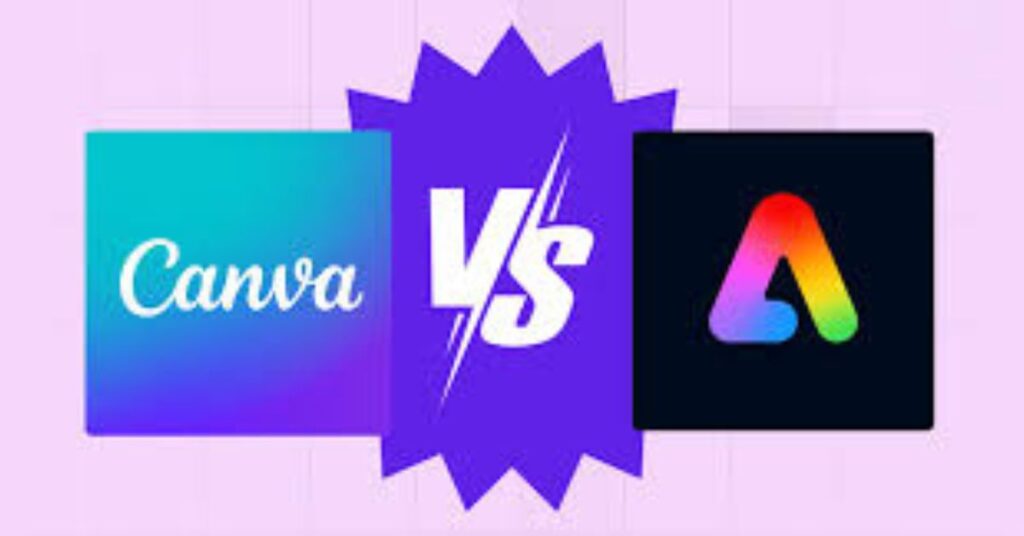
The Rise of Canva in Workplace Collaboration
While Adobe Advanced Design proceeds in work, Canva has a significant contradiction in the corporate environment, especially for marketing teams, startups, and non-design-centric companies. Employers appreciate the ease of use of Canva, quick turnaround capabilities, and underlying templates that help non-designers to produce professional-looking material without the need for months of training.
In 2025, Canva is not just an “early tool” – it is a collaborative hub. Many outfits now use Canva to streamline social media content, creation materials, internal presentations, and quick design modifications.
With increasing integration with platforms such as its cloud-based interfaces, real-time cooperation, and platforms such as Slack, Hubspot, and Google Drive, Canva allows teams to work simultaneously regardless of location. Employers love this efficiency, especially in remote or hybrid function models where immediate response loops are necessary.
AI Integration: The Game-Changing Factor
One of the biggest changes in 2025 is the way AI has replaced both Canva and Adobe. Canva’s AI-operated equipment can now suggest layouts, auto-generating marketing content, and even customizing the design for various social media formats with one click. It has made an attractive option for businesses aimed at cutting production time while maintaining quality.
On the other hand, Adobe has integrated AI through its Adobe Sensi technology, allowing designers to automatically automate background removal, color correction, and material-comprehensive filling. While the AI of Canva focuses on speed and simplicity, Adobe’s AI enhances accurate and creative exploration. Employers choose based on project type- speed-powered marketing teams can prefer Canva’s automation, while creative agencies that place importance on the sticks with Adobe’s AI tools with AI tools.
Industry-Specific Preferences
In 2025, the priorities of the employer also vary greatly by industry. In areas such as print media, packaging, film, and high-end advertisements, Adobe is non-parasitical. The ability to produce detailed, print-ready files, manipulating large image formats, and managing complex typography keeps Adobe in the lead. In contrast, in areas such as e-commerce, education, social media marketing, and event management, Canva is often a Go-Two platform. Here, priority is producing large versions of different types of materials in many formats without spending a week on each project. This is particularly important for small businesses and startups with limited design resources.
Cost and Accessibility Considerations
Another factor is the cost of heavy heavyweight employer. Adobe’s membership model, when offering a strong set of devices, can be expensive for small companies or teams, which only require basic design functions. Canva, with its more affordable pricing levels and free versions, presents a low barrier to entry. This power has contributed to its rapid adoption, especially in developing markets and small enterprises.
Accessibility is also a factor. Canva’s learning state is minimal, allowing employers to quickly onboard members of the team without investing in comprehensive training. Adobe, while more powerful, requires significant skill development, making it better suited to teams that already train their own designers or employees.
The Hybrid Approach Many Employers Now Prefer
Interestingly, 2025 has also seen the rise of hybrid workflows in creative teams. Employers are no longer choosing between Canva and Adobe – they are strategically using both. For example, a company can rely on Adobe Illustrator to create a custom brand logo, then use Canva to adapt to dozens of social media posts, advertisements, and presentations to that logo.
This hybrid approach maximizes efficiency without renouncing quality where it matters the most. Employers appreciate designers who are fluent in both platforms, as it allows for more flexibility in managing projects of different complexities.
The Skills Employers Look for in 2025 Designers
Given the evolving landscape, employers in 2025 value designers who can move liquid between the equipment. They are looking for professionals who not only have the Adobe software mastered, but also understand how to take advantage of Canva for rapid prototyping and cross-team cooperation. Skills such as template optimization, brand consistency management, and AI-assisted design are now the same as traditional designs of basic things.
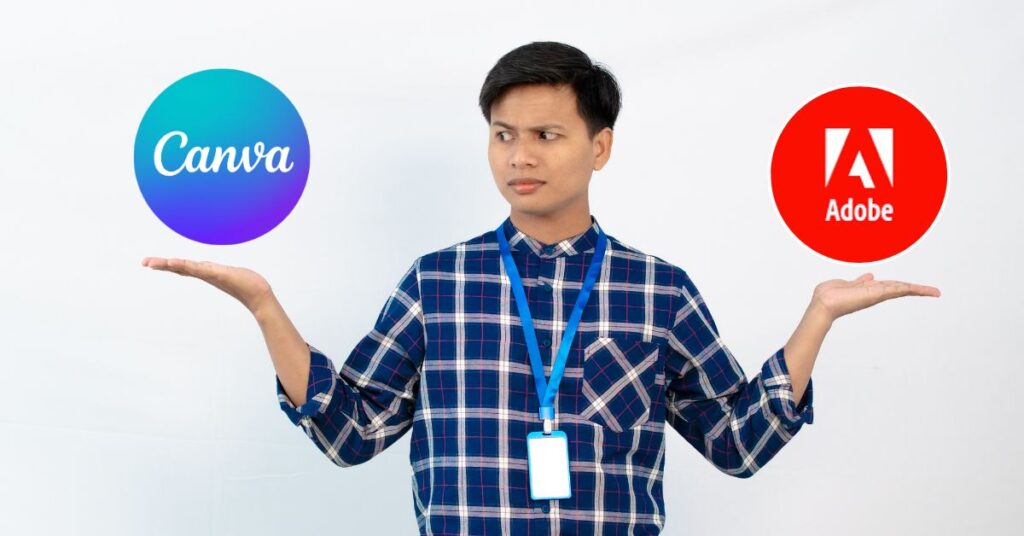
Employers also prefer designers who are updated on the latest tool updates and industry trends. With the continuous upgrades of both Canva and Adobe continuously upgrade and AI enhancements, adaptability has become an important hiring criterion.
The Verdict: It’s Not About Canva vs. Adobe, But About Versatility
In 2025, the conversation is no longer about which device is “better” – which device is better for a specific purpose. Adobe dominates the high-end, detailed, and professional creative work, while Canva rapidly thrives in the book, collaborative and high-trunk material environment. Employers prefer professionals who can exploit the strength of both, ensuring that their design output is both high quality and efficient.
For designers entering job markets or to develop their career, the smartest move is to invest time in both platforms. It not only enhances employment but also creates opportunities for the future, where flexibility, speed, and innovation are important as artistic skills


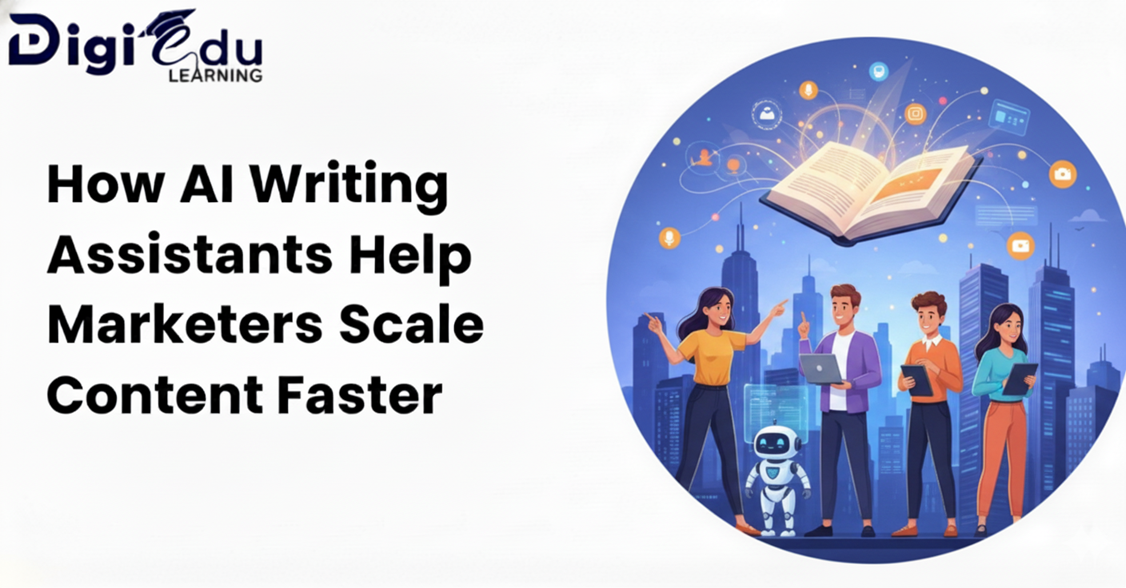
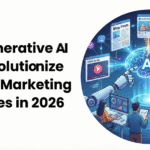



Leave a Reply